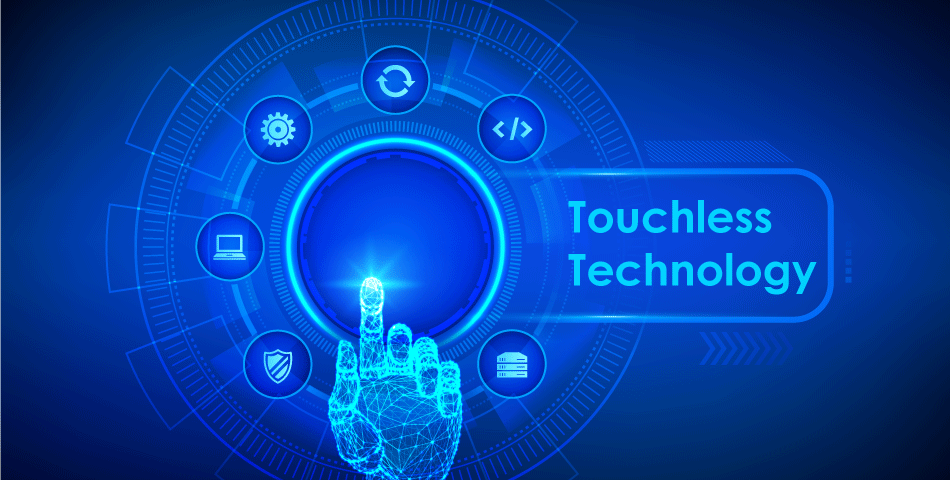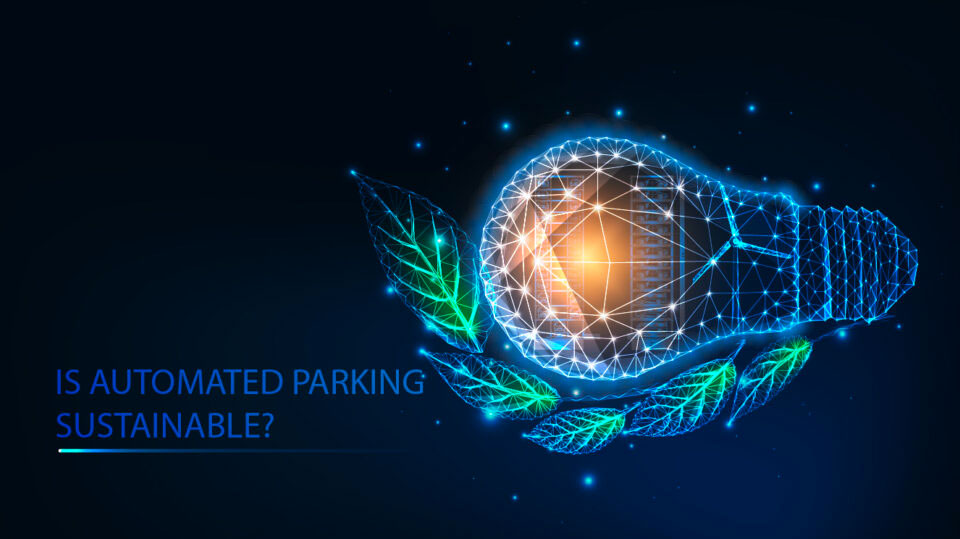
The Smart City of the Future is Remote
March 24, 2020
Same Cities, Different Rules: Bicycle Parking Considerations
July 21, 2020COVID-19, What Have We Learned and What is Next?
Since the beginning of time, societies have adapted, changed and evolved tremendously. Whether to protect themselves and/or recover from natural disasters or cataclysms, whether to defend from predators, improve hunting, fishing, planting or storing methods or to fight illness and ailments, societies have overcome impossible challenges for thousands of years.
The globally threatening pandemic caused by the COVID-19 virus has, once more, thrown a wrench into life “as we know it” and changed the way we do business, the way we shop, the way we relate to our families, friends and neighbors and the way we look at society in general. However scary, this type of challenge is not new to humanity and we are already on our way to overcoming once more.
It is undeniable that technology is probably the number one constant in human evolution and the number one tool when it comes to overcoming. In this particular case, technology has allowed people to maintain the required social distance while staying productive, and to remain close to those who are far, whether in the office next door or in a different continent! Technology has allowed online/phone ordering, delivery, curbside pick-up, virtual work and family meetings and has even allow us to control our lights, AC units, doorbells, doorknobs (well, you get the point) all with voice commands or mobile apps.
Since the beginning of time, societies have adapted, changed and evolved tremendously. Whether to protect themselves and/or recover from natural disasters or cataclysms, whether to defend from predators, improve hunting, fishing, planting or storing methods or to fight illness and ailments, societies have overcome impossible challenges for thousands of years.
The globally threatening pandemic caused by the COVID-19 virus has, once more, thrown a wrench into life “as we know it” and changed the way we do business, the way we shop, the way we relate to our families, friends and neighbors and the way we look at society in general. However scary, this type of challenge is not new to humanity and we are already on our way to overcoming once more.
It is undeniable that technology is probably the number one constant in human evolution and the number one tool when it comes to overcoming. In this particular case, technology has allowed people to maintain the required social distance while staying productive, and to remain close to those who are far, whether in the office next door or in a different continent! Technology has allowed online/phone ordering, delivery, curbside pick-up, virtual work and family meetings and has even allow us to control our lights, AC units, doorbells, doorknobs (well, you get the point) all with voice commands or mobile apps.
So what’s next?
We have seen a surge of articles online about how technology has helped and can continue to help minimize the impact of viral and bacterial contamination. We have already taken steps towards this goal; think about automatic doors, sensor-activated faucets and touchless hand dryer units in public bathrooms for example.
Touchless, sensor and voice activated technologies and mobile apps have already made it possible for us to move around, operate devices and perform tasks without “touching” anything or without even being next to it.
In an article published by Bisnow, author Christi Moffat references how situations like this make us change the way we think about design. In the article, Ms. Moffat mentions that, according to a Harvard assistant professor of exposure assessment science, “buildings can play an important role in minimizing the risk presented by different modes of disease transmission”.
We have seen a surge of articles online about how technology has helped and can continue to help minimize the impact of viral and bacterial contamination. We have already taken steps towards this goal; think about automatic doors, sensor-activated faucets and touchless hand dryer units in public bathrooms for example.
Touchless, sensor and voice activated technologies and mobile apps have already made it possible for us to move around, operate devices and perform tasks without “touching” anything or without even being next to it.
In an article published by Bisnow, author Christi Moffat references how situations like this make us change the way we think about design. In the article, Ms. Moffat mentions that, according to a Harvard assistant professor of exposure assessment science, “buildings can play an important role in minimizing the risk presented by different modes of disease transmission”.
The article continues to say that, most likely, there will be a surge in the implementation of all types of touchless technologies that will allow people to move around public places, buildings and facilities with minimal interaction with public surfaces.
As any other building, parking facilities and structures are no exception. Because of their intrinsic and inherent “automated” nature however, Automated Parking Systems are easily integratable with other technologies. In fact, a lot of Automated Garages are currently operated by mobile apps and RFID cards that do not require users to make physical contact with a public interface, such as a keypad or a ticket dispenser.
In an Automated Parking Garage, all vehicles are parked and retrieved by the machine, so there is no need for drivers to hand over their keys or let parkers drive their vehicles; and since there is no human access to the storage areas of the system, vehicles themselves are out of reach of other individuals.
As any other building, parking facilities and structures are no exception. Because of their intrinsic and inherent “automated” nature however, Automated Parking Systems are easily integratable with other technologies. In fact, a lot of Automated Garages are currently operated by mobile apps and RFID cards that do not require users to make physical contact with a public interface, such as a keypad or a ticket dispenser.
In an Automated Parking Garage, all vehicles are parked and retrieved by the machine, so there is no need for drivers to hand over their keys or let parkers drive their vehicles; and since there is no human access to the storage areas of the system, vehicles themselves are out of reach of other individuals.

No one knows what the true impact of the pandemic will be, but there is no doubt that the circumstances have made us see things differently. The next logical step then is to also learn how to do things differently; so we can, once more, overcome and become better individuals, better societies, better people.
We are convinced this crisis has made us appreciate more the importance of human relationships, the importance of closeness, and most of all the importance of collaboration. We will prevail and come out smarter and better prepared.
As our motto says, “we believe in a better quality of life through the use of state of the art and environmentally friendly technologies that promote social innovation”. We believe in the future, we always have and always will.
We are convinced this crisis has made us appreciate more the importance of human relationships, the importance of closeness, and most of all the importance of collaboration. We will prevail and come out smarter and better prepared.
As our motto says, “we believe in a better quality of life through the use of state of the art and environmentally friendly technologies that promote social innovation”. We believe in the future, we always have and always will.




